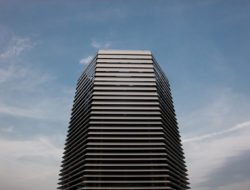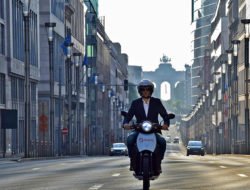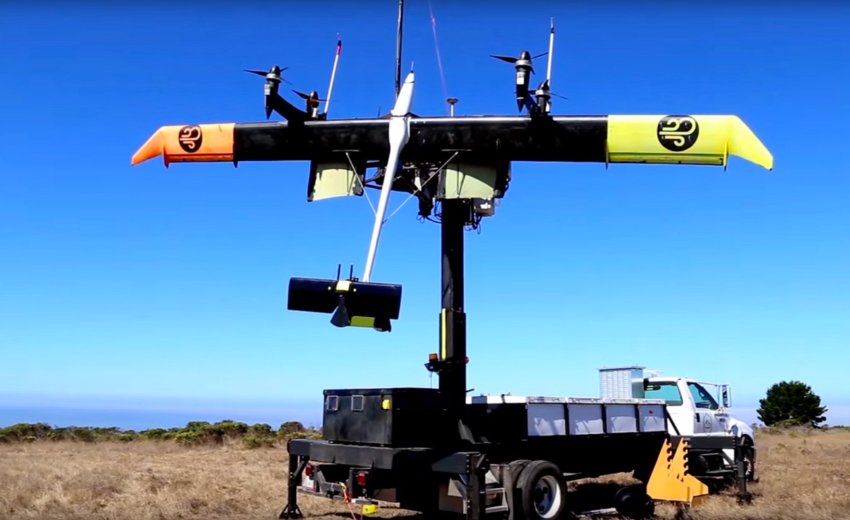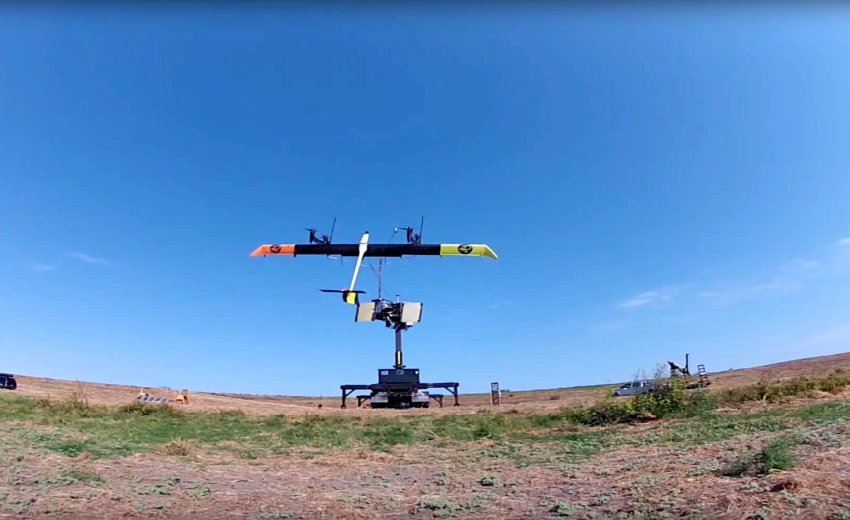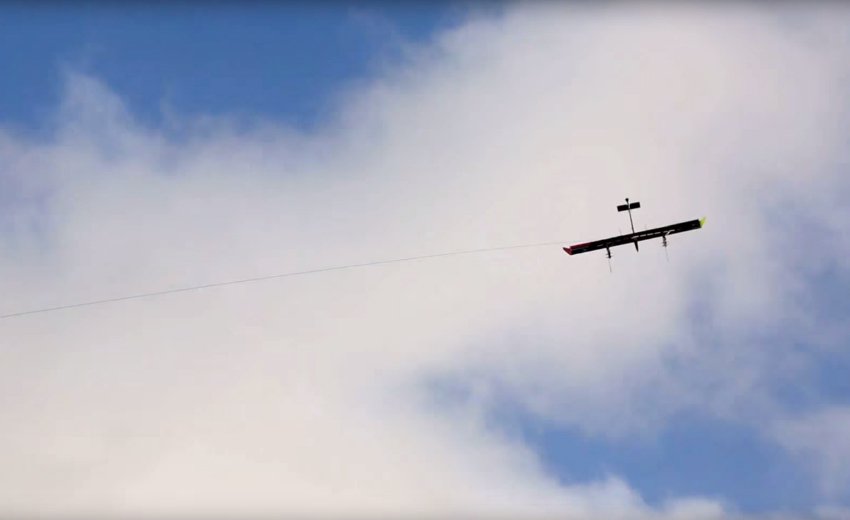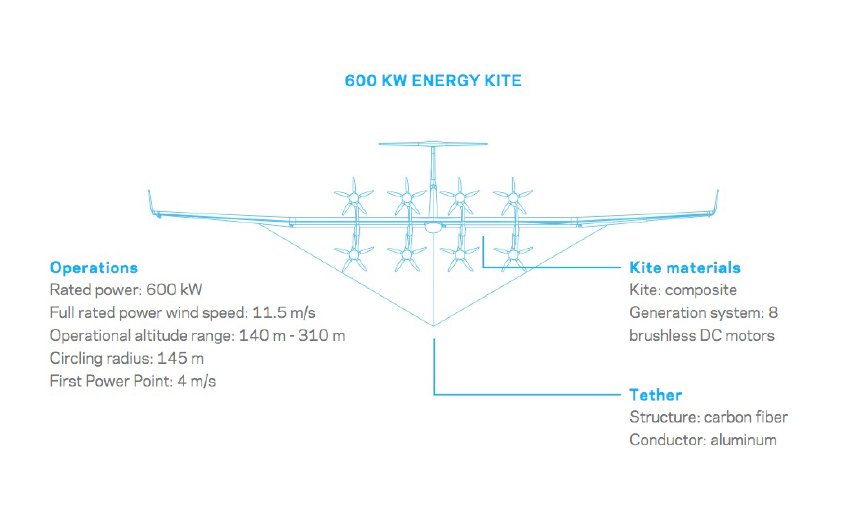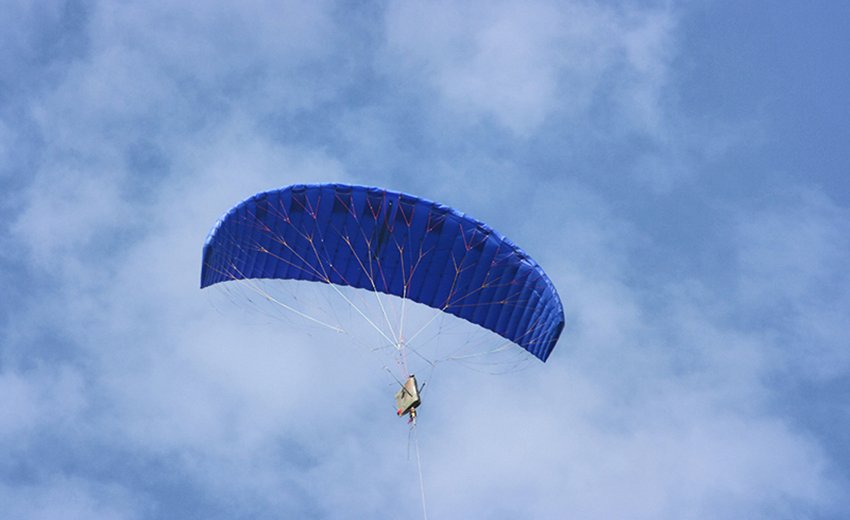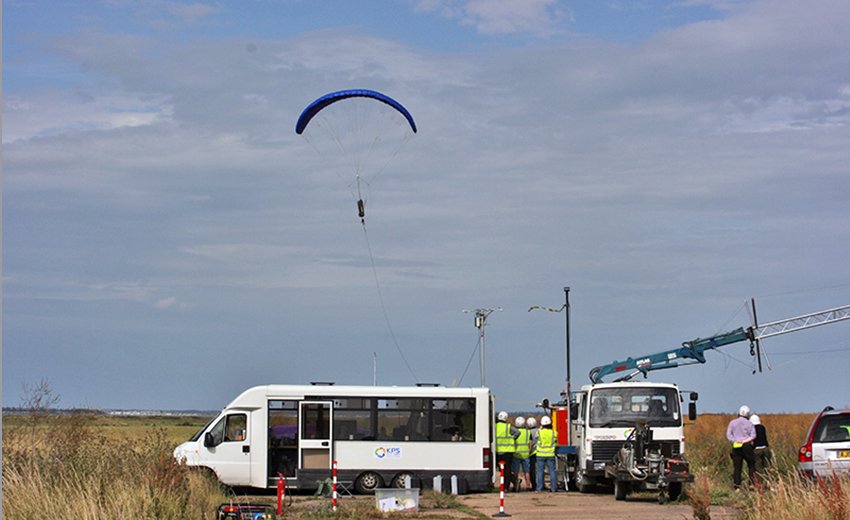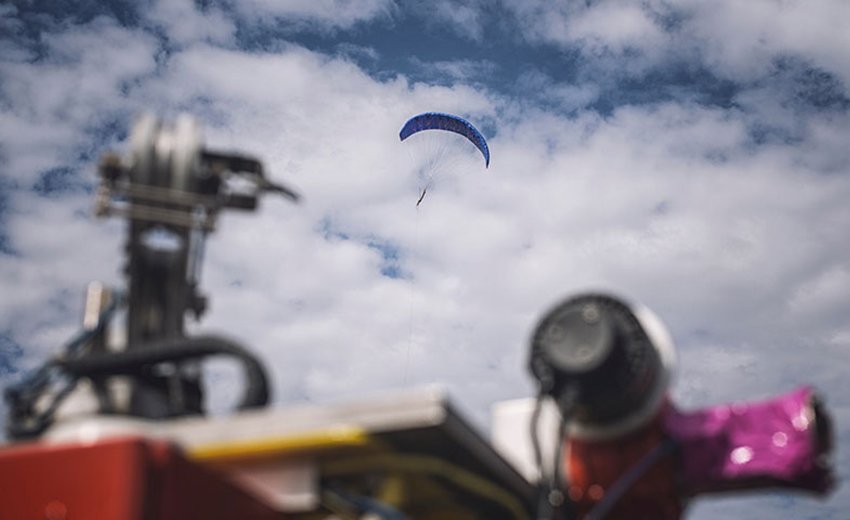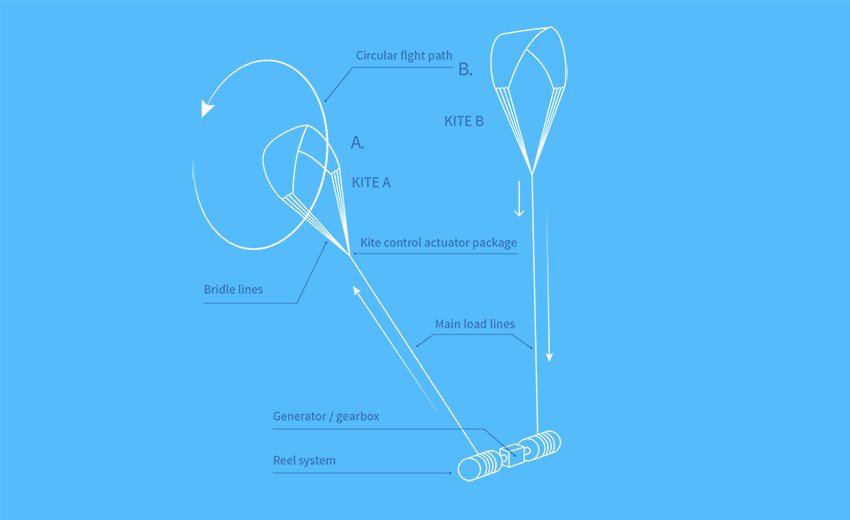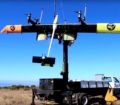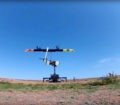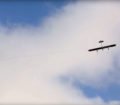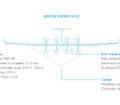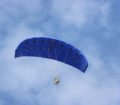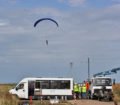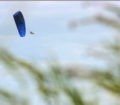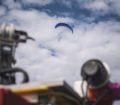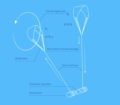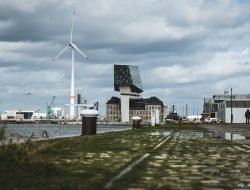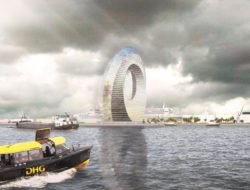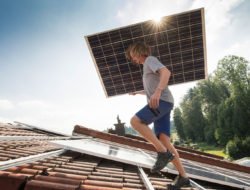In the race for cheap, clean and renewable energies, taking a step back sometimes brings a great leap forwards. Even the founder of Microsoft, Bill Gates, says so: the kite is the solution of the future when it comes to providing electricity. In the future, wings carried by the wind to a height of 1,000 meters could generate ten times as much energy as today’s largest wind turbines. The Scottish town of Stranraer shares this view.
By 2025, the town will use kites to supply a 500-kilowatt electric grid. Designed to harness energy from the fast-flowing jet-stream current of air that circulates in the atmosphere, these kites have a span of 40 meters and generate two to three megawatts of electricity each, which is the equivalent of a 100-meter-high wind turbine.
Designed by the British company, Kite Power Solutions, this system has been named Kytoon (kite+balloon). According to Kite Power Solutions’ director, David Ainsworth, they will be able to generate “hundreds of megawatts of energy in nine years time at a reasonable price, which will enable him not to be dependent on government subsidies.”
Mind-blowing, isn’t it! And just as realistic given that numerous researchers are of the opinion that the future of wind-power lies at high altitudes. On average, wind turbines are 80 meters high, where the wind blows at approximately 4.6 meters per second. At 800 meters’ altitude, wind speeds reach up to 7.2m/s. Which makes this clean source of energy particularly effective.
So a number of start-ups are preparing to sell mast and blade-free equipment for converting wind-power into electricity. Accordingly, the Californian company, Makani Power acquired by Google in 2013, is marketing a drone/kite that launches from its perch by turning a number of thrusters along its wings. The propellers, which can also be used as thrusters, store unused energy in generators, which is then sent via a cable (that also serves as a “lead”) to the drone. According to Google, the system uses 90% fewer materials than a conventional wind turbine and is capable of harnessing winds from all directions.
Tags: Kite Power Solutions, kites, Makani Power, renewable energies, wind power

































